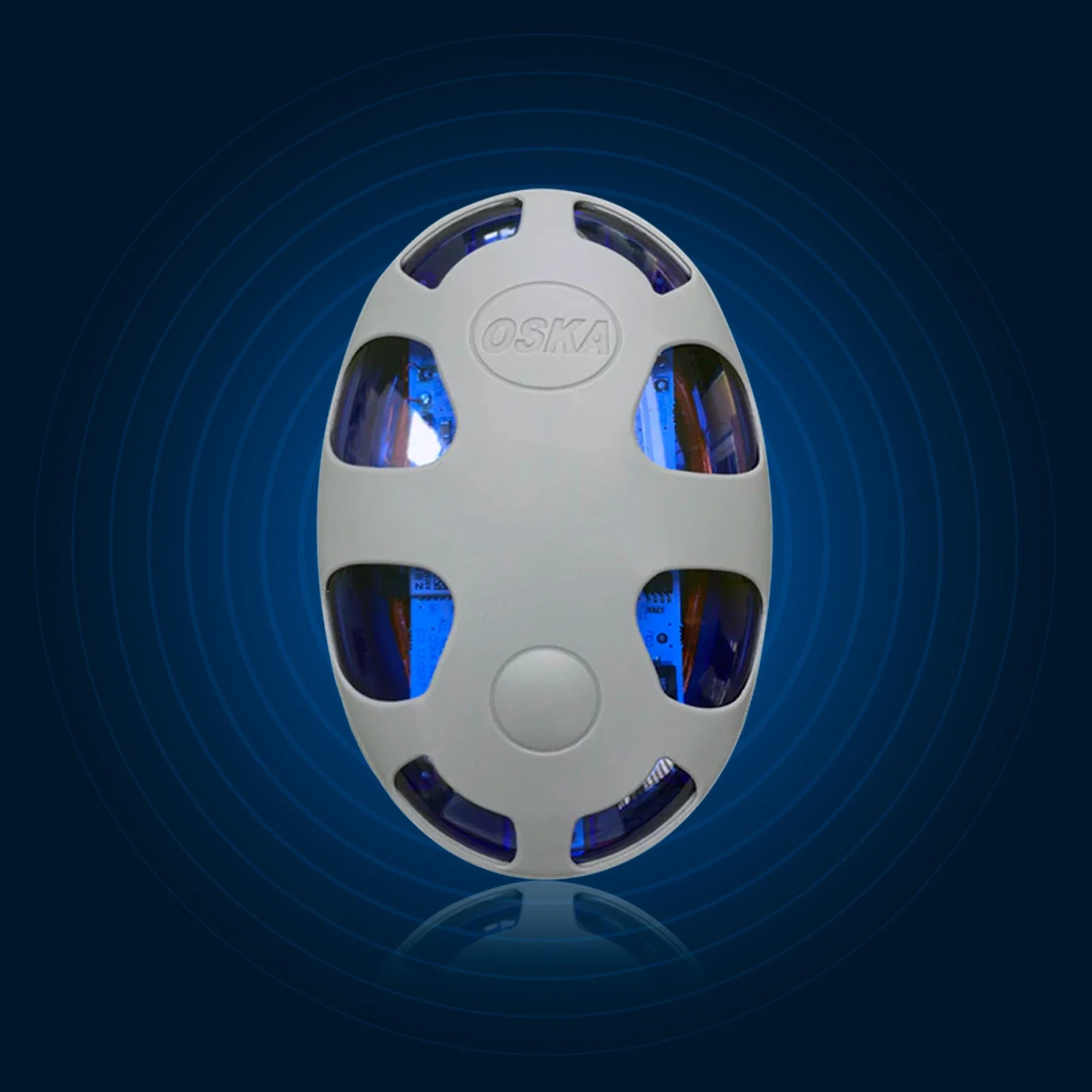
Interstitial Cystitis
Understanding Interstitial Cystitis And The Oska Pulse Benefits
Living with INTERSTITIAL CYSTITIS (IC)
Daily life with Interstitial Cystitis (IC), a type of Bladder Pain Syndrome (BPS), involves navigating a web of challenging symptoms. These can include an urgent need to urinate, frequent trips to the bathroom, and pain during sexual activity. The condition is often linked to depression and a reduced quality of life as patients struggle with the physical and emotional impact.
Many individuals with IC also contend with related conditions like irritable bowel syndrome and fibromyalgia, further complicating daily life. The exact cause remains unknown, and managing IC can be particularly difficult. This condition not only affects those diagnosed but also places a strain on their families, requiring understanding and empathy from all involved.
UNDERSTANDING PEMF AND INTERSTITIAL CYSTITIS
PEMF technology uses electromagnetic fields to stimulate cellular repair and improve blood circulation. By targeting the affected areas, PEMF therapy is designed to reduce inflammation and may help alleviate pain associated with Interstitial Cystitis.
While individual results may vary, PEMF therapy has shown significant potential to provide relief for those living with this condition, making Oska Pulse a valuable addition to your treatment plan.
Clinical Study
PEMF Approved in Germany for IC
Pulsed Electromagnetic Field (PEMF) therapy has reached a significant milestone in the treatment of Interstitial Cystitis (IC). Following a clinical trial conducted at the Department of Urology at the Clinic of Lueneburg, PEMF has now been officially included in the German medical treatment guidelines for IC.
The study — where Oska Pulse was the PEMF device used during the trial—was led by Dr. Björn Kaftan, Senior Physician and Coordinator of the Center for Interstitial Cystitis and Pelvic Pain. This centre is one of only three certified IC centres in Europe (ICA Deutschland e.V., 2018), making it a highly respected authority in IC research.
The full clinical trial results are scheduled for publication soon, and early findings have already demonstrated significant potential for PEMF in reducing pain and inflammation associated with IC.
While treatment guidelines cannot name individual products, the inclusion of PEMF therapy confirms that the underlying science is clinically validated and appropriate for integration into patient care.
In medical practice, guideline-level therapies carry considerable influence. Their inclusion helps reduce provider skepticism and reinforces PEMF therapy—as used in Oska Pulse—as a credible, non-invasive, science-backed option for supporting IC symptom management.
Case Study
Living with Interstitial Cystitis (IC) can mean constant discomfort, disrupted routines, and limited treatment options. But what if there was a new way to manage the pain, safely, naturally, and effectively?
In this exclusive guide, you’ll learn how Oska Pulse, a wearable pulsed electromagnetic field (PEMF) therapy device, helped a patient significantly reduce pain levels, improve bladder comfort, and regain control of daily life, all without invasive procedures or medication dependency.
Inside the guide:
The patient’s journey and initial symptoms
How Oska Pulse was used alongside existing treatments
Measurable improvements in pain, sleep, and overall wellbeing
Expert insights into PEMF therapy and inflammation reduction


